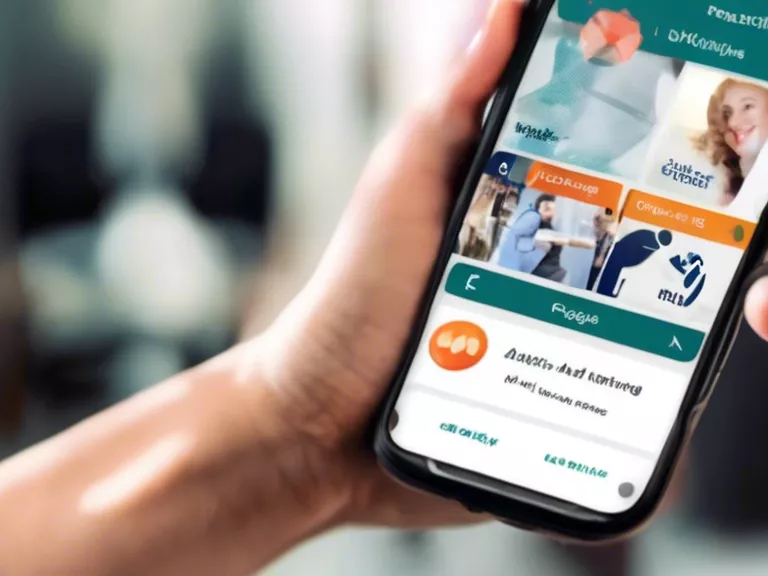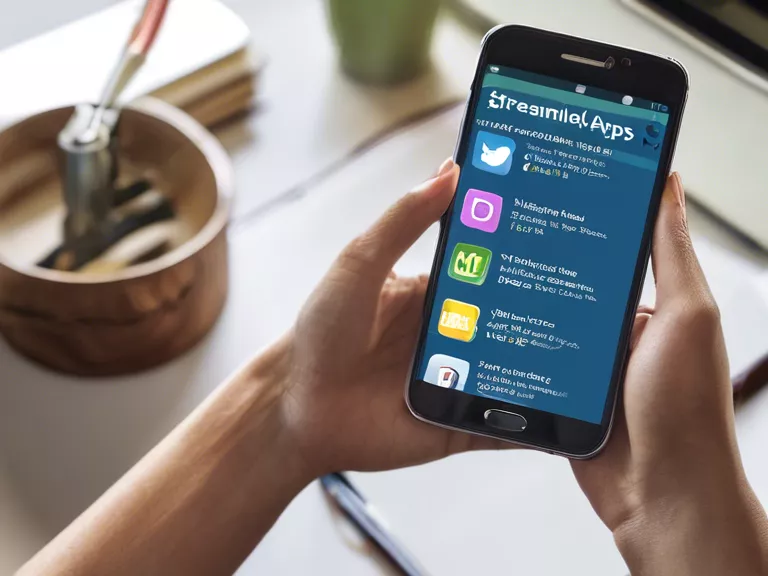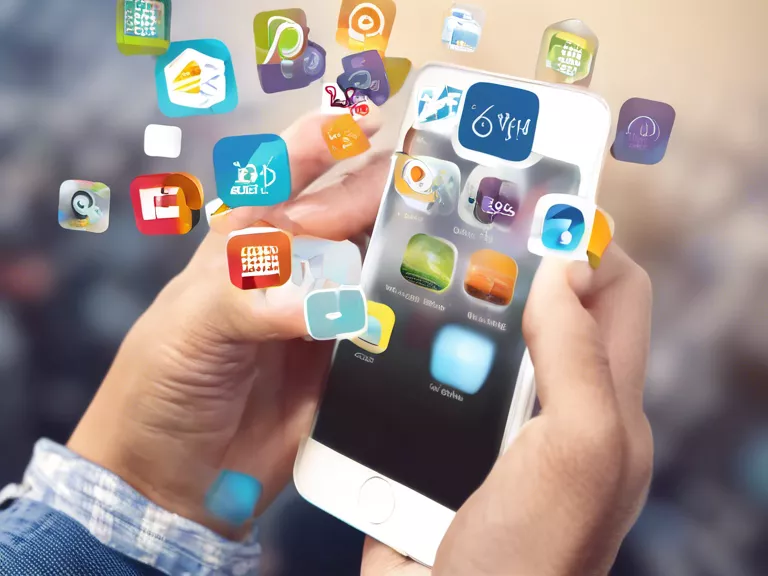
As technology continues to advance, the world is becoming more accessible for people with disabilities. One major way this is happening is through mobile apps. Mobile apps are playing a crucial role in improving accessibility for individuals with disabilities by providing tools and resources to help them navigate the world more easily.
Many mobile apps are designed with features specifically for people with disabilities, such as screen readers, voice commands, and alternative input methods. These features allow individuals with vision, hearing, mobility, and cognitive impairments to use smartphones and tablets effectively. For example, screen reading apps like VoiceOver for iOS and TalkBack for Android convert text on the screen into spoken words, making it possible for individuals with visual impairments to navigate and interact with their devices.
Mobile apps are also making it easier for people with disabilities to access essential services and information. From transportation apps that offer accessibility information for users with mobility challenges to communication apps that facilitate conversation for individuals with speech impairments, mobile technology is breaking down barriers and connecting people in new ways.
Furthermore, mobile apps have created opportunities for individuals with disabilities to participate more fully in education, employment, and social activities. Apps for note-taking, organization, and study aids help students with disabilities succeed in school, while job-search apps and productivity tools assist individuals with disabilities in finding and maintaining employment.
In essence, mobile apps are revolutionizing accessibility for people with disabilities by providing innovative solutions to everyday challenges. By embracing inclusive design principles and prioritizing accessibility features, app developers are empowering individuals with disabilities to live more independent and fulfilling lives.



